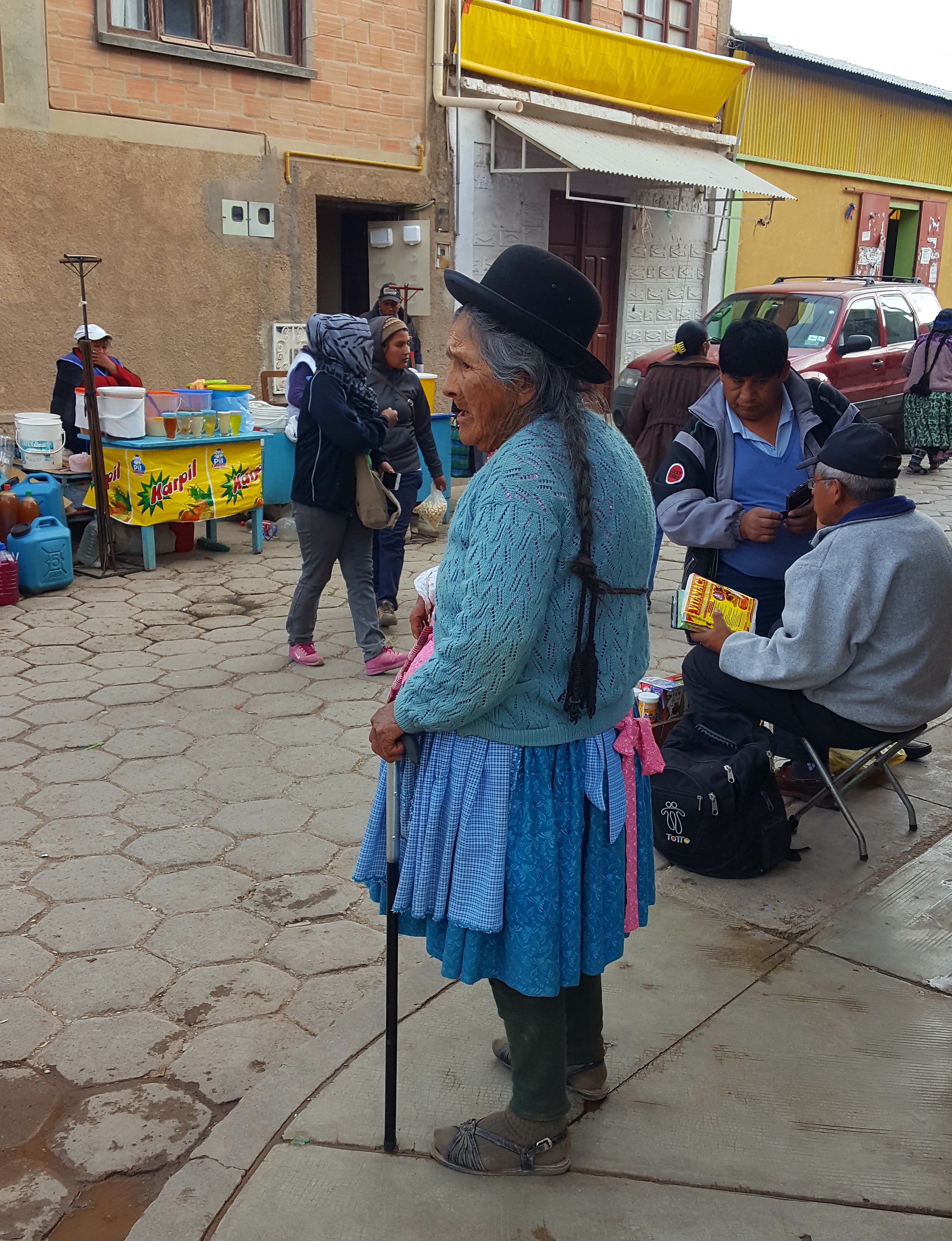
Touted as one of the most unforgettable road trip adventure in all of Latin America, the Tupiza - San Pedro de Atacama to La Paz route crosses what is inarguably one of the most stunning plateaus on the planet. The Bolivian Altiplano is an ethereal world of colours and contours, of dramatic scenery and rugged horizons, of hardy wildlife and out of this world sunsets. This is the Bolivian Outback: that remote corner of the country that’s difficult to reach but totally impossible to forget.
A high altitude plateau that covers the divide between the eastern and western Andes Mountain, the Altiplano sits at an eye-watering elevation of over 3700m and stretches for over 800km, encompassing treasures such as the Salar Uyuni – the largest salt flats in the world –the flamingo-filled Laguna Colorada and a flurry of colonial-era mining towns (like Potosi and Uyuni) that seem to be stuck in some kind of time-warp. The visual feasts are noteworthy, with the seemingly endless undulating and multi-coloured horizons framed by vertiginous snow-capped peaks. A land of volcanoes and sulphur lakes, of iridescent-coloured lagoons, steamy geysers, multihued deserts and surreal thermal hot springs. All right there. In the middle of nowhere.
A tough and arduous journey, in many ways, a crossing of the Bolivian Altiplano will see you contend with extreme wind and cold. Such is life on this high-altitude, barren yet mesmerizing world.
Somewhere around 14,000 feet above sea level is Laguna Colorada, Bolivia's stunning white-speckled, red lake. Part of Bolivia's salt wonders of the altiplano, the lake and its nearly-extinct flamingo population draw visitors in to a bizarre landscape that is otherworldly.
The colors of Laguna Colorada stand out immediately upon seeing it. Tinged with red algae and other microorganisms, the water is a deep orange-red hue. Perfectly contrasted, the salt lake is dotted with large white pools caused by massive borax deposits on the lake's surface. Combined with the rolling mountains and craggy rock shores, Laguna Colorada is an immaculate and beautiful wildlife area.
Besides tourists, a rare breed of flamingo has also flocked to the area for centuries. James's Flamingo, also called the puna flamingo, is native to the Andes and the Altiplano area. Although they seem plentiful on the shores of Colorada, they are in fact very rare. During the mid-1950s, scientists had all but written them off as extinct, until a pack was found roaming South America. Today their habitat is contiually threatened, and they are classified as a endangered species.
In Bolivia’s Reserva Nacional de Fauna Andina Eduardo Abaroa, there is a surreal, barren, wind-swept swath of land that has been frequently compared to a Dalí painting.
Salvador Dalí was a Spanish painter best known for dreamy, sometimes eerie, nonsensical images against a minimalistic backdrop, the most well known examples of which include The Persistence of Memory and The Elephants.
Though Dalí never painted this particular Bolivian reserve, the arid, stark desert horizon coupled with strange rock formations strike a strong resemblance to the famous surrealist’s work.
In particular, the Árbol de Piedra, or Stone Tree, could be one of Dalí’s disturbing subjects. The base of the rock has been weathered away by wind and time, while the top remained intact. The seemingly impossible structure stands 23 feet tall and casts its shadow even longer across the flat sandy desert.
If you’re walking through the Dalí Desert and find yourself peeking over your shoulder for melting clocks or flying cats, don’t chalk it all up to surrealism. It might be heatstroke.

The stunning Kyambura (or Chambura) Gorge also called the "Valley of Apes" is located in the far eastern corner of the well- known Queen Elizabeth National Park in south western #Uganda.

The term Naga is used describe groups of tribesmen of Indian and Chinese descent that live in the hill country along the border of far eastern India and northwestern Burma. Nagas are former head hunters. In World War II, they were recruited by the British to fight the Japanese.

Journey on the slopes of the Andean plateau between the vast white expanses of the Uyuni Salt Flats and the remote Altiplano with its coloured lagoons and conical snow-capped volcanoes.